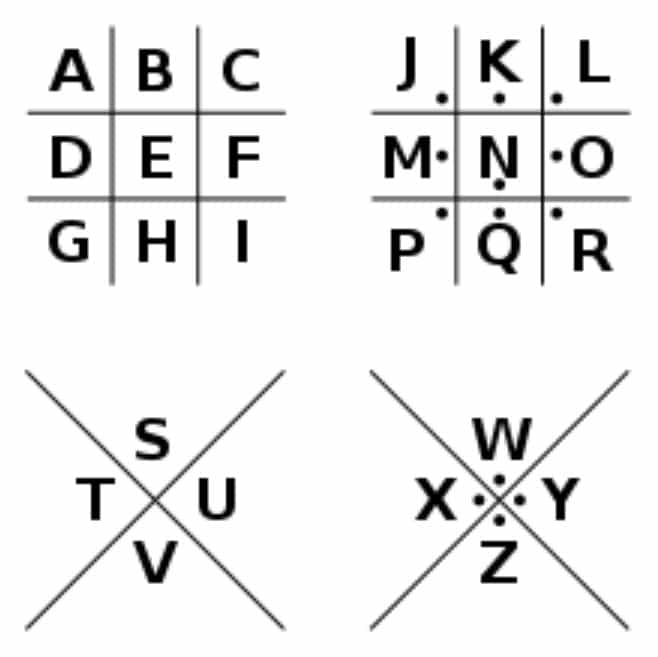I have always been quite a fan of detective and suspense stories. Be it Hercule Poirot created by Agatha Christie, or our very own Feluda conceived by Satyajit Ray, they all bring new flavours and styles in crime fiction. Nonetheless, Sherlock Holmes created by Sir Arthur Conan Doyle is my top favourite. I read most of Holmes’ stories during my childhood, and his ability to deduce so much information from the tiniest of clues leaves us speechless. Recent Hollywood movies starring Robert Downey Jr. were quite an excellent tribute to Doyle’s famous detective.
We all know about Sherlock Holmes of 221 B, Baker Street, and his adventures in the Victorian period. But could he be able to showcase his talent in the modern world where information about the remotest corner of the world is available at our fingertips? Steven Moffat and Mark Gattis came up with the idea of adapting Holmes’s stories in the backdrop of today’s high-tech world. Benedict Cumberbatch‘s Sherlock uses modern technology, such as texting, the Internet, and GPS, to solve crimes. Sherlock has his own website The Science of Deduction, https://www.thescienceofdeduction.co.uk.
Among the various posts he makes on the sites to interact with clients and criminals alike, Holmes writes on a section called “Hidden messages” where he apparently shared some encrypted messages sent to him. In this post, I’d like to share my analysis of how to decipher the secret messages from this ciphers.
Hidden Message #1

The above is one of the simplest techniques of cryptography and can be easily processed in pen-and-paper. What we see here, is a Caesar shift cipher. We simply require to replace each letter by the letter that it 15 places further down the alphabet. For example, D is replaced by S, S is replaced by H, and so on. So the message here is:
SHERLOCK I AM WATCHING YOU
Hidden Message #2
The second one is a bit more interesting.

Do you notice that there is no space and the cipher text consists of 25 characters which is a perfect square? This is a very important clue to decrypting this. The above is an example of Caesar box, which is a grid cipher. There are 25 letters in the message so it’s easy to work out the factors – 5 x 5. (Now, you see why it has to be a perfect square!) Create a 5 x 5 grid and write the letters in the grid from left to right, top to bottom. The decoded message reads down from top to bottom, left to right!
|
S |
O |
M |
N |
E |
|
H |
C |
C |
G |
T |
|
E |
K |
O |
T |
Y |
|
R |
I |
M |
O |
O |
|
L |
A |
I |
G |
U |
So, our message is:
SHERLOCK I AM COMING TO GET YOU
Hidden Message #3

The picture is the coded message; that much is very clear. But what’s with the pigs over here? It can’t possibly be of any relevance, can it? Actually, it is! This is what cryptographers call the “Pigpen cipher”. (Image at the top of the post)

The 4 adjoining grids are the clue to solving this one. As you can see, every character may be associated with a unique symbol, corresponding to the position it is in. For example, E can be represented by a square as it is enclosed by a square, L can be represented by an ‘L’ symbol with a dot near the corner, S can be represented using a downward arrow, etc.
Thus, the symbols in the message may be easily replaced by the corresponding alphabets they represent and hence, we arrive at the following message:
SHERLOCK I HAVE FOUND YOU
Unfortunately, Sherlock couldn’t apparently decrypt it before he was forced to fake his own death. Well, there are more mystery surrounding how he actually did fake his death! Hopefully, fans of the BBC series will get to know for sure once Season 3 is released later this year. Till then, keep deciphering.



Good analysis! I had thought that the last one was meant to be replaced by characters. But didn’t know about what letters would replace what symbol.